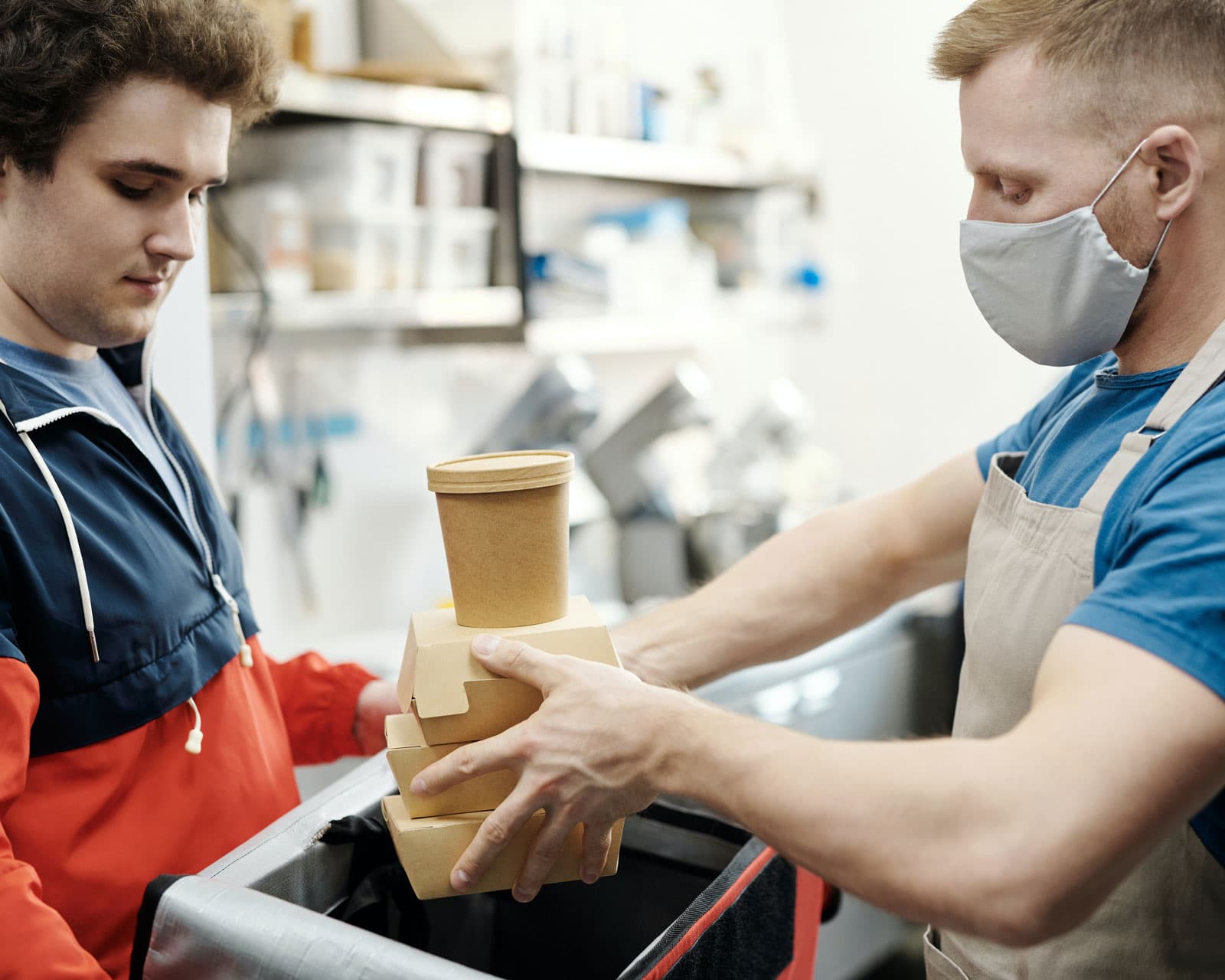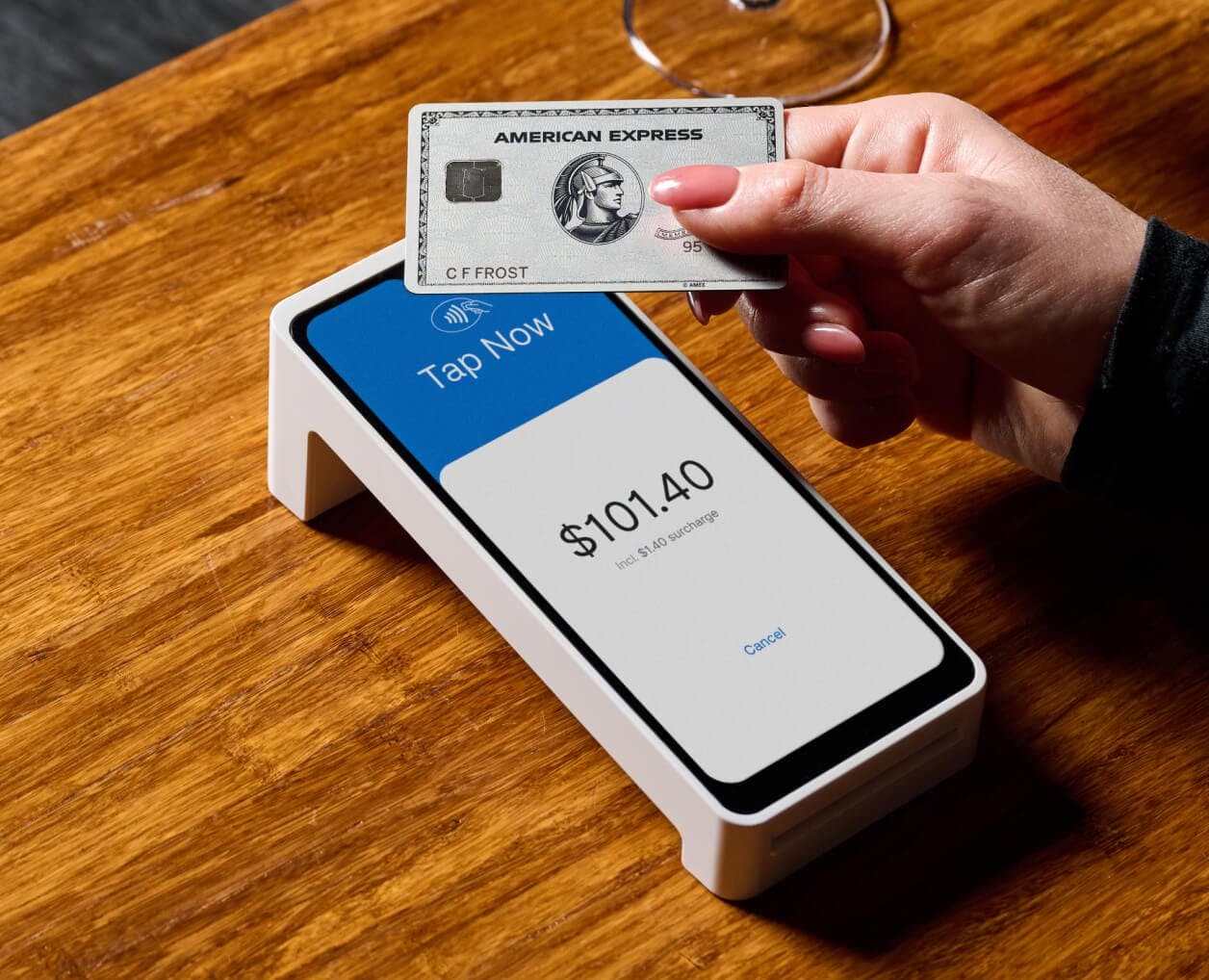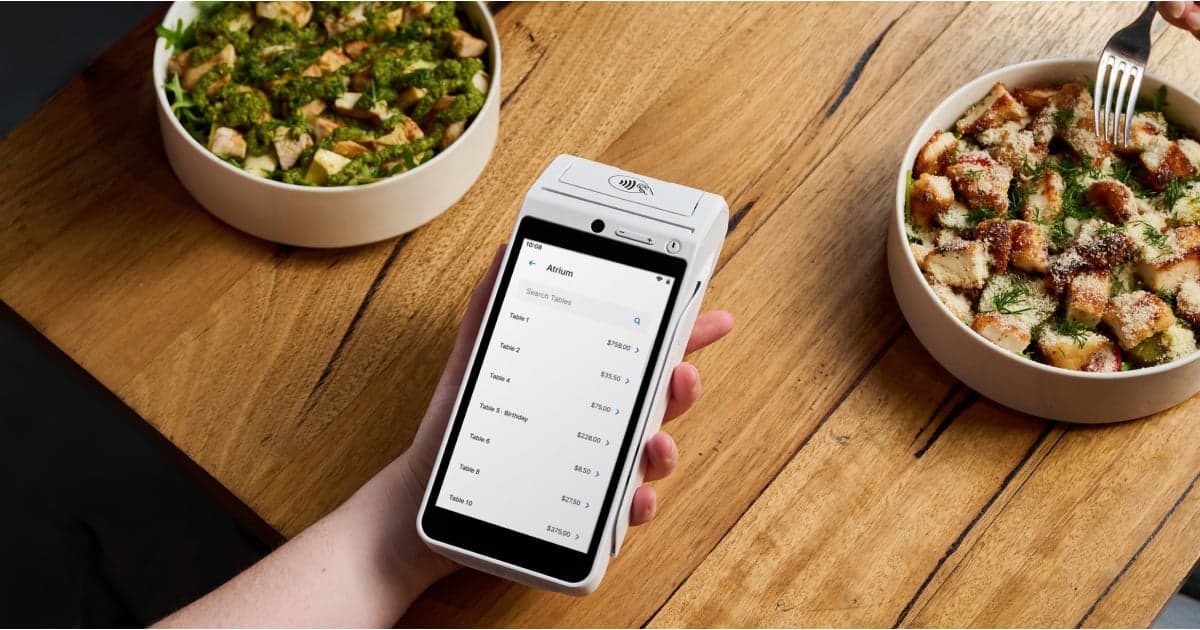
- Business Growth & Optimisation
4 Factors to Consider When Opening a New Restaurant
Operating a restaurant is more of a challenge today than it was a few years ago.
Business owners have a heightened responsibility to keep both staff and customers safe from contracting and spreading COVID-19, while also protecting employee livelihoods and meeting their obligations.
But does that mean you shouldn’t follow your passion to open a new restaurant? Absolutely not. It simply means you have some additional planning to do to ensure your venture succeeds.
In fact, Zeller research indicates the hospitality industry will rebound beyond pre-pandemic levels — offering quick-thinking merchants an opportunity to cash in. Read our report for more information on the changed dining habits of Australians.

Restaurant owners have had to think creatively when it comes to keeping customers socially distanced.
Seize the opportunity for innovation
We typically see a spike in innovation both during and shortly after times of crisis, and the COVID-19 pandemic proves no different. In times of crises:
new customer needs and habits emerge;
competition is displaced, providing an opportunity for new businesses to grab market share; and
new problems emerge, which require fresh, innovative solutions.
Our local hospitality industry in particular has risen to the challenge of lockdowns with creative solutions such as finish-at-home fine dining, pantry staple packs, pared-back menus designed for delivery, and more.
If it’s your goal to open a restaurant, the first thing you should do is consider the landscape in which you’ll be operating. Assess those businesses that survived (and thrived) throughout 2020, and consider how your business idea might also need to adapt to our new normal.
Keep reading to discover four key considerations for starting a new restaurant in a post-COVID world.
1. The mobility of your menu
The 23rd of March 2020 will forever be marked in our history books as the day restaurants, cafes and bars shuttered across the nation. Those who could pivot to home delivery did so, and as a result, there may be an increased appetite for these services among your future customers.
Can your menu easily be adapted for takeaway? And does traditional takeaway make sense, or would meal kits be a better choice? Shane Delia, experienced chef and owner of Melbourne’s Maha, Maha East and Maha Bar, told The Guardian that meal kits were typically more complicated to create than regular takeaway, for example.
You’ll need to consider how your restaurant will adapt to the new realities of hospitality. Read our blog for more tips on creating a menu that's right for takeaway.
2. A budget for delivery
You’ll also need to consider how delivery fees will impact your bottom line. Do you want to pay fees to third-party delivery providers, or invest in your own ordering software and drivers? Depending on which direction you go, the price to your business (and your customers) can vary greatly.
When it comes to budgeting for home delivery, there’s the:
menu item – the actual food ordered
service fee – a fee charged by the delivery company
taxes – sales tax, based on applicable tax laws
delivery fee – the price for having the food delivered
gratuity – the optional tip for the delivery driver
to take into account.
Spending some time thinking through how your business would pivot when faced with a lockdown. This will help you build a more complete plan for your business and understand the risks, costs, and opportunities involved.
3. The capacity math
Outside eating space is now more important than ever – it can be the difference between serving a couple of customers and serving a full house.
If you’ve already got a potential location in mind, work out how many customers you could realistically house if the strictest capacity measures were reinforced: one person per four square metres. (Staff are typically not counted when calculating restaurant density.)
We’ve seen many restaurants expand their footprint to the sidewalk in 2020; remember to investigate applicable licensing laws so you’re not caught off guard.
4. Safety measures
As the new owner of a restaurant, you have a responsibility to keep yourself, your staff and your customers healthy. You can use Healthdirect Australia’s COVID-19 restriction checker for restaurants and cafes to find details on the rules applicable in each state and territory, and stay up-to-date on changes to those regulations. Depending on where you open your business, you may need to register a COVID-safe plan with your state or territory’s government as well – but don’t stop there.
Contact tracing is an important and effective measure to stop the spread of the COVID-19 virus. QR code check-in is now the norm; your customers can scan a code, enter their details, and check in with ease. There’s a number of options available, including Mr Yum and, for Victorian locals, the Government’s own free QR Code Service.
Your payments terminal should support contactless payments, to avoid spreading germs, and you’ll also need to consider mobility. Customers shouldn’t have to move through different parts of the restaurant in order to pay their bill.
How far might your customers be from your Wi-Fi modem or router? If you’re considering utilising an outdoor space, a terminal that uses a SIM card will enable you to take payment where most convenient. Or, ideally, look for a terminal with both Wi-Fi connectivity and a SIM card – that way, if there’s issues with one network connection you’ll be able to rely on the other. You can read more about wireless payment terminals in our blog on the Benefits of Mobile EFTPOS Machines.
The pandemic has had, and continues to have, a serious impact on the cash flow and profitability of many restaurants.
Both new and seasoned restaurant owners will need to take a number of proactive steps to mitigate the impact of the COVID-19 crisis on their business.
Once you’ve considered all of the above, you’re in a position to start working on your business plan. You’ve already addressed the most crucial question: how your new restaurant will succeed in the new normal. Need help with the rest? Sign up to our Business Blog for useful tips to turn your business idea into a reality.


